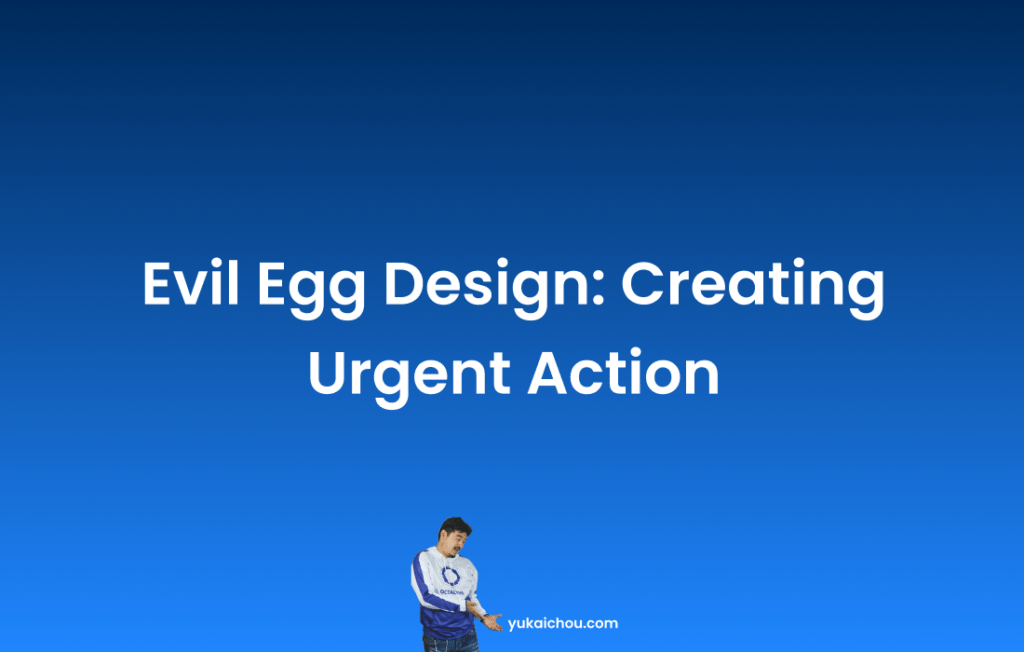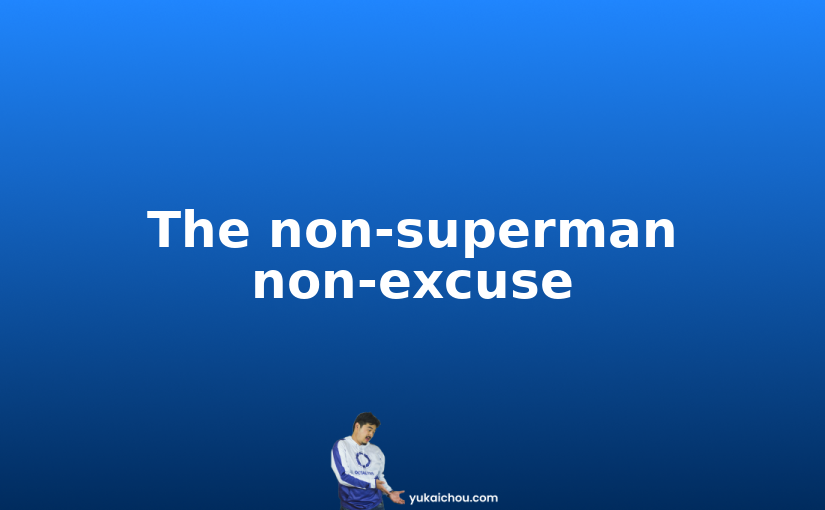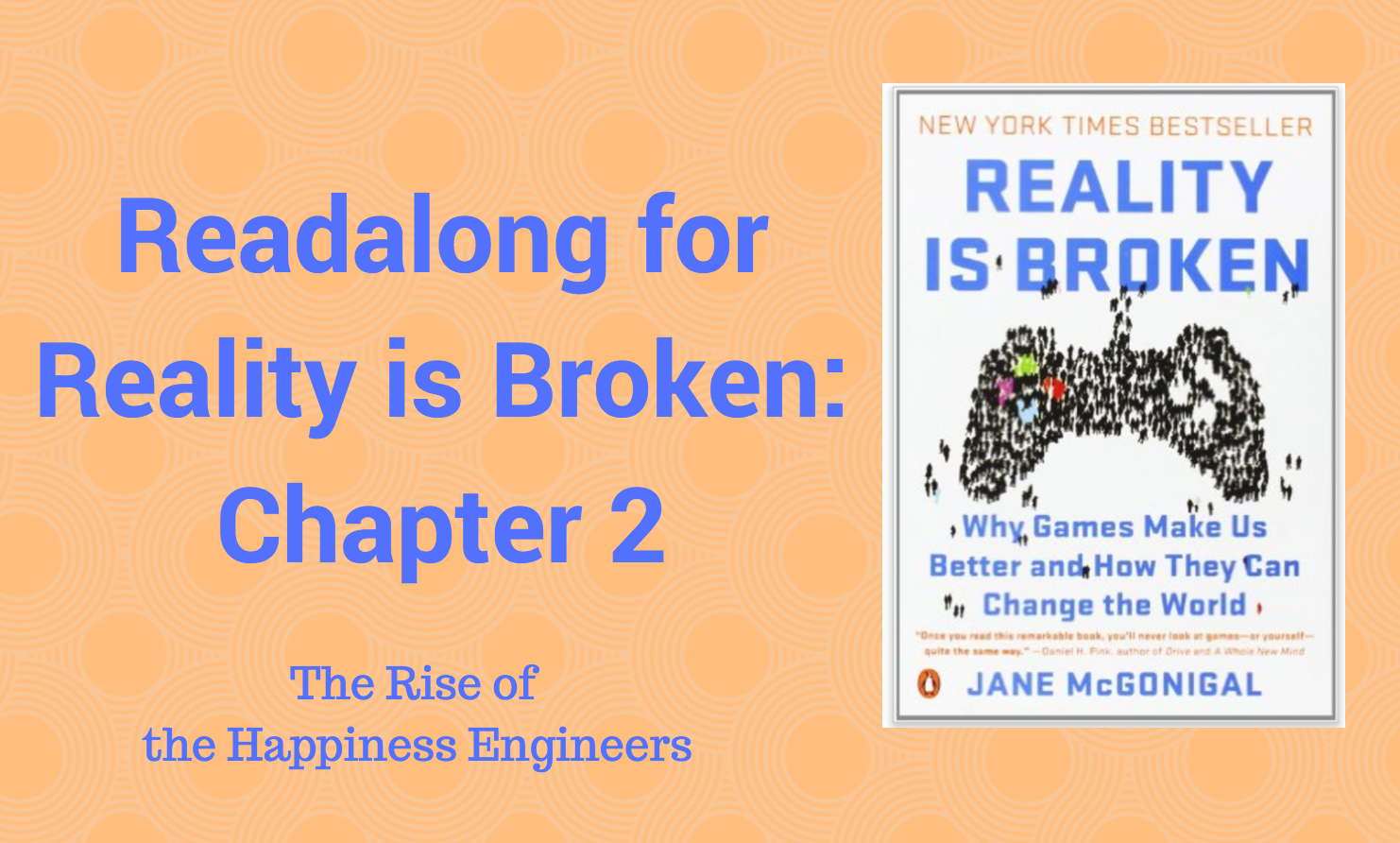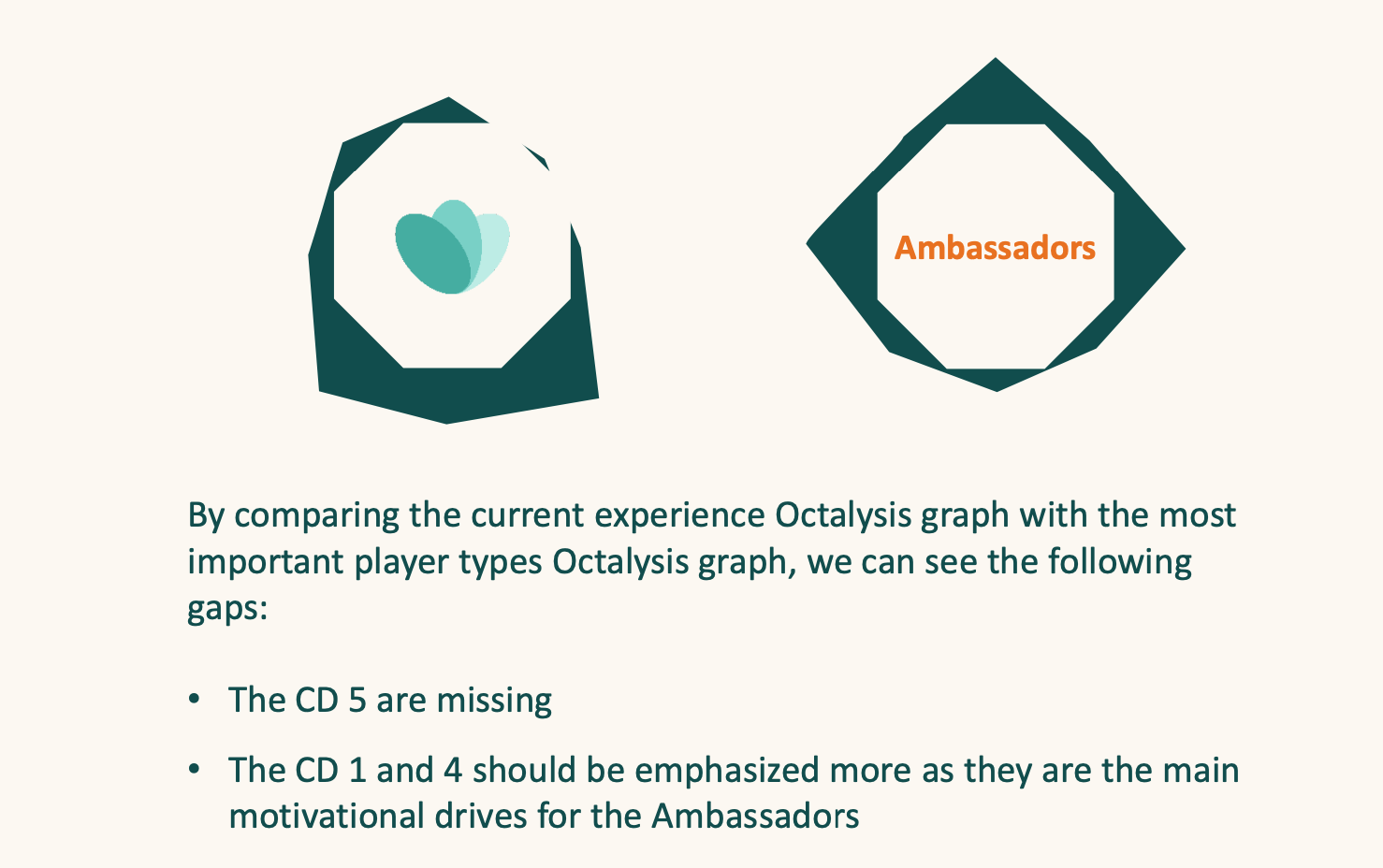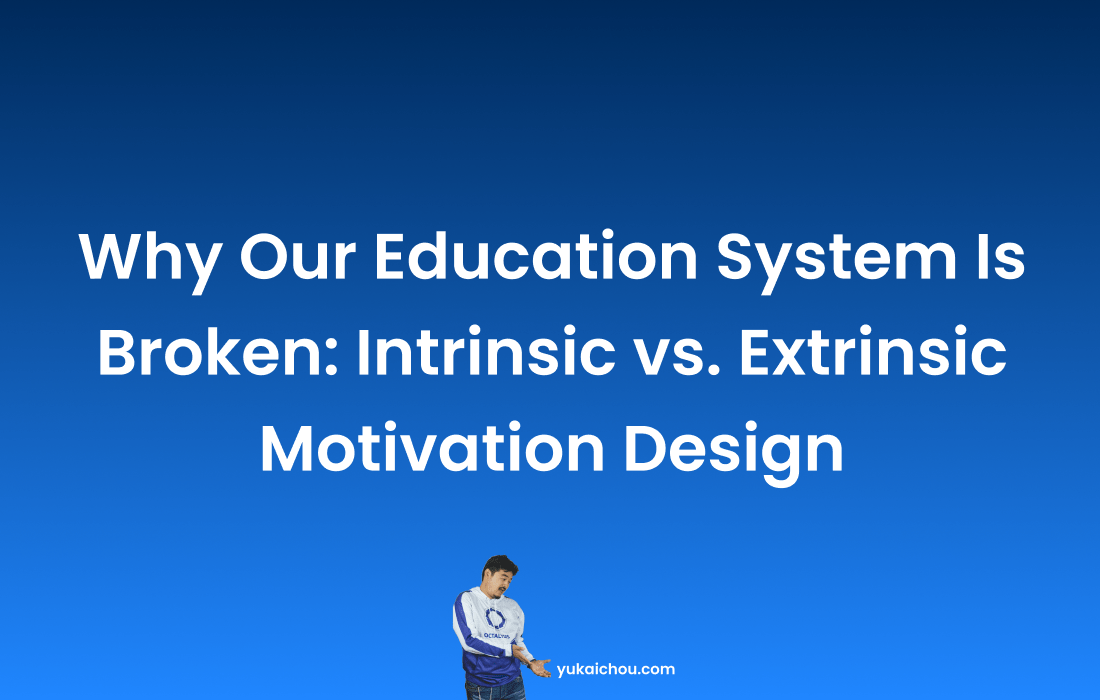Today, I’d like to discuss an engaging game design technique called the Evil Egg Design (Game Technique #115), which can be quite effective when implemented thoughtfully.
The concept of an Evil Egg is simple: it’s a component that, if left unattended, will become progressively worse and worse.
Eventually, it reaches a critical point, hatching into something undesirable or even disastrous. This design comes in two main variations, both of which create a sense of urgency in players and encourage them to act quickly to avoid negative consequences.
- The Time-Based Evil Egg: In this variation, the Evil Egg starts as a harmless element that doesn’t seem to pose any threat. However, once a specific time-based threshold is crossed, the Evil Egg event triggers, resulting in a heavy penalty or an increase in difficulty for the player.
- The Escalating Evil Egg: In this version, the Evil Egg begins as an already challenging or punitive element, and it becomes increasingly difficult or penalizing over time (e.g., every second, minute, or day).
Examples of Evil Egg designs can be found in everyday life, such as late fees on bills or penalties for picking up children late from childcare centers. These real-world instances demonstrate how the Evil Egg concept can be applied beyond gaming to motivate individuals to take action before consequences escalate.
In the mobile game Candy Crush, Evil Eggs manifest as chocolates that expand and overtake the board if not dealt with promptly, or as bombs that cause a game over if not destroyed within a set number of moves. These elements create a sense of urgency for players, compelling them to strategize and prioritize their actions to avoid negative outcomes.
When implementing Evil Egg designs in a gamified environment, consider the following tips to maximize their effectiveness:
- Create a strong context: Ensure that the Evil Egg design is relevant to your project and supports its overall theme or objectives. This may require incorporating elements such as Epic Meaning (Core Drive 1), Empowerment of Creativity & Feedback (Core Drive 3), Unpredictability & Curiosity (Core Drive 7).
- Visually represent the Evil Egg: To drive engagement, it’s often helpful to have the Evil Egg represented by an icon or other visual elements. This could be a line item on a to-do list, a deadline with a penalty, or a playful representation of the concept.
- Foster a playful mentality: Encourage users to approach the Evil Egg with a sense of fun and adventure. This can help them tackle the threat more readily and feel less overwhelmed by potential consequences.
- Make sure the Evil Egg is always visible and prominent in the user’s experience. This constant reminder will help apply emotional pressure and motivate the user to address it before it grows into something much worse.
- Consider the emotional impact: While the Evil Egg should create a sense of urgency, be careful not to push users too far into negative emotional territory. An unexpected penalty might leave them frustrated or angry, so ensure that the Evil Egg’s presence and potential consequences are clearly communicated from the outset.
- Incorporate other gamification techniques: While the Evil Egg design can be a powerful motivator, it’s essential to remember that it’s just one tool in a game designer’s toolkit. Combine the Evil Egg with other gamification techniques, such as rewards, leveling systems, or social elements, to create a well-rounded and engaging user experience
- Encourage collaboration and social interaction: While the Evil Egg design creates a sense of individual urgency, you can also incorporate elements that encourage collaboration and social interaction. Users may find it more enjoyable and effective to work together to address Evil Eggs, fostering teamwork and shared success.
- Customize the experience: Different users may have varying levels of tolerance for challenge and urgency. To cater to a diverse audience, consider allowing users to adjust the difficulty or frequency of Evil Eggs in their experience. This customization can help users find the right balance of challenge and engagement for their preferences.
In conclusion, the Evil Egg design is a powerful game design technique that can drive motivation and urgency in users. By understanding its core principles and implementing it thoughtfully, you can create compelling experiences that encourage users to take action before negative consequences arise.
Whether it’s applied in gaming, productivity apps, or other real-life scenarios, the Evil Egg design can be a valuable tool to engage and motivate users.


